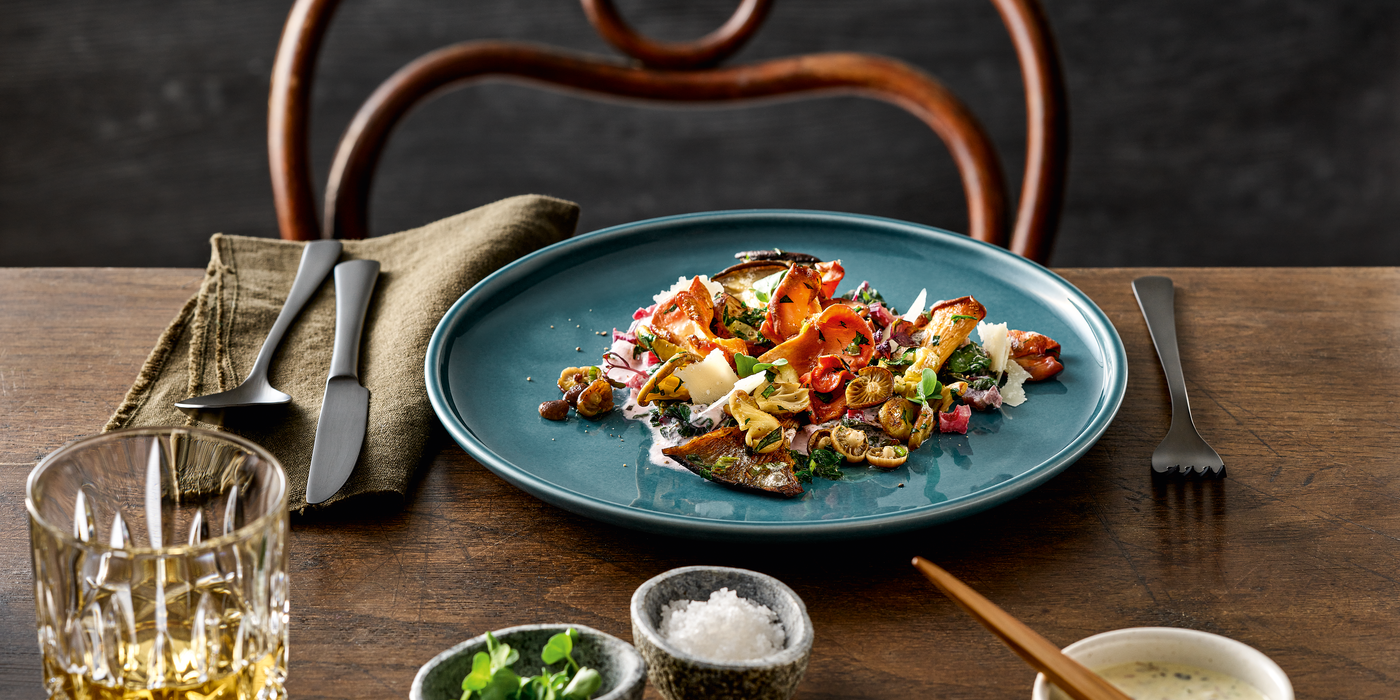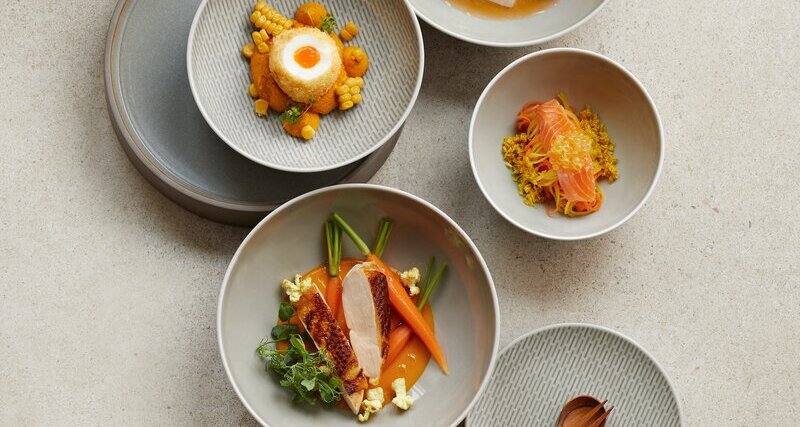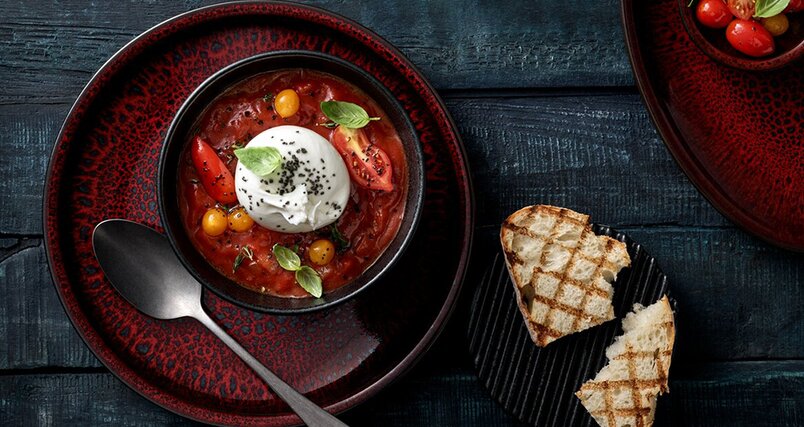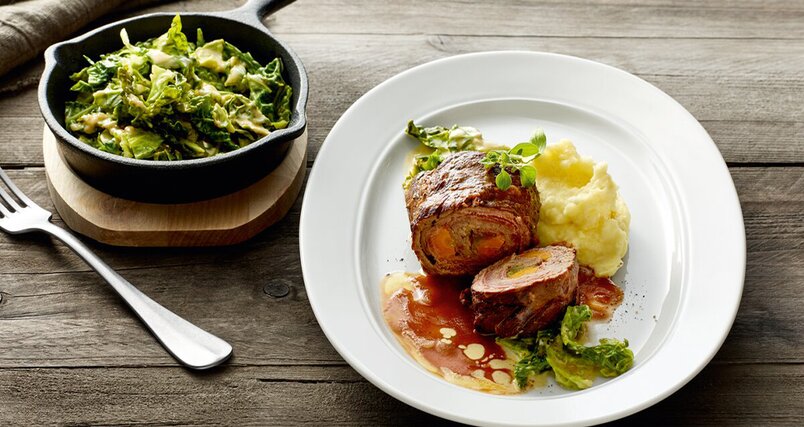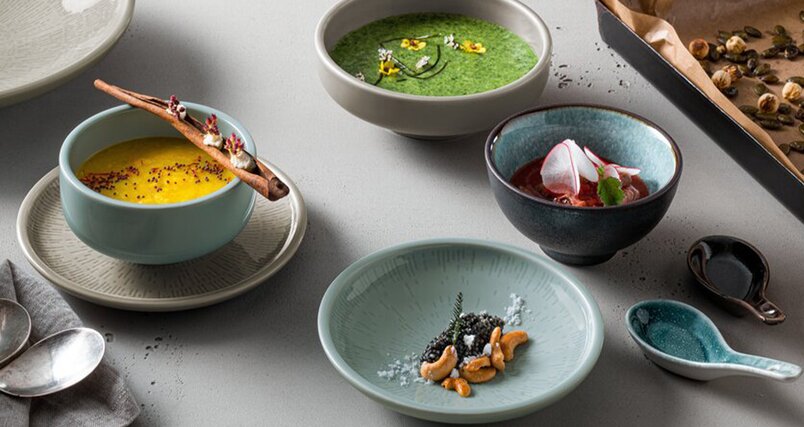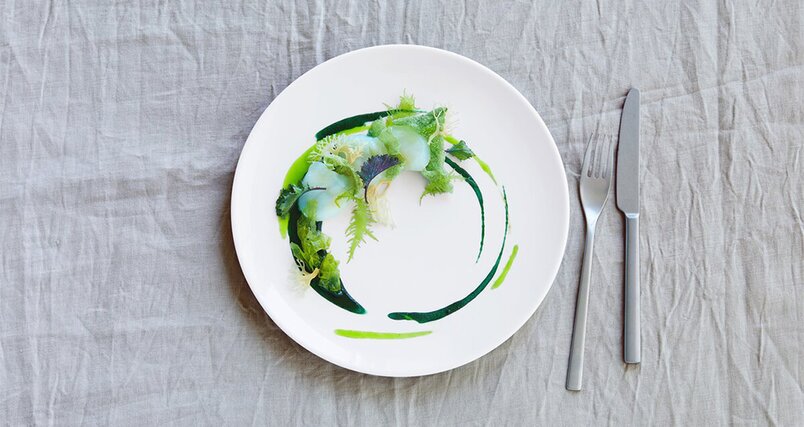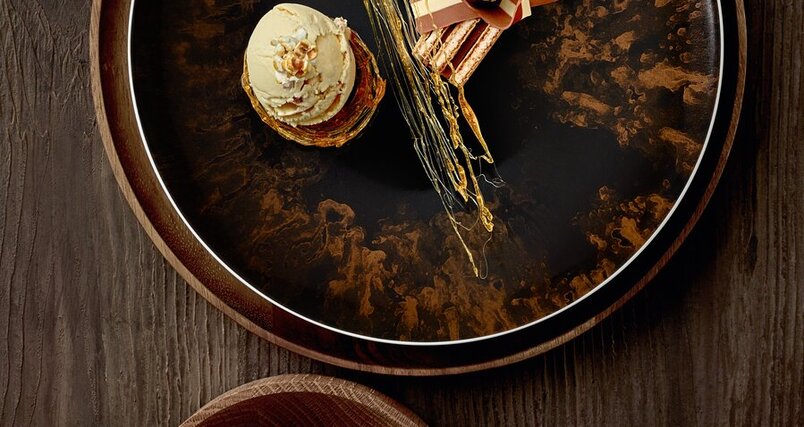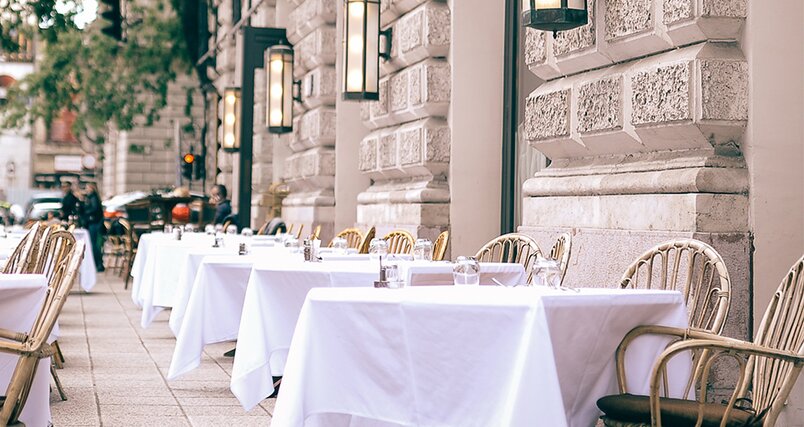Just a few years ago, it was strange to dine alone in a restaurant. But times have changed: Since the pandemic, there has been an increase in the number of home office workers who, whether intentionally or unintentionally, are doing so without the company of their colleagues – which of course also applies to lunch breaks. The closure of company canteens during lockdowns has obviously fueled this trend. Secondly, the number of single households is steadily increasing and with it the number of people eating alone. Last but not least, social norms are changing: traveling alone is a trend, as evidenced by numerous blogs and social media profiles. The same applies to eating out alone: It is no longer taboo to enjoy a meal in peace and quiet by yourself - "alone" is no longer synonymous with "lonely".
The motives vary: some diners go to restaurants alone to be with people or to make friends, others to have some peace and quiet; some choose to dine alone out of convenience and others out of conviction.
Solo dining guests as a separate target group
Solo diners are therefore not a homogeneous community. However, their potential as a target group is undisputed, if only because of their increasing numbers. This has long been recognized in Asia: In Japan, they have their own term for solo diners, which means something like "revered single customer". And in South Korea, they speak of "honbap" – a neologism made up of "honja" (alone) and "bap" (to eat). So it's time that people who eat alone were given attention and treated in a way that is appropriate for their target group.
Different types of individual guests
Catering for a single guest does not mean having to accept three empty seats at a table for four. With an appropriate table arrangement, you can meet the needs of the guest as well as your own as a restaurateur. It is important to distinguish between different types of solo dining guests.
The conversation seekers
For them, eating is synonymous with socializing, even if you come alone. That's why they enjoy table formats that encourage communication, such as counters and long tables where you can sit down informally – in contrast to the table for four, for example, where it seems strange when three place settings have to be cleared away first.
The self-indulgers
They enjoy their "me-time", perhaps consciously without company and therefore without discussions about calories or prices. Instead of exchanging ideas, they enjoy indulgence with all their senses. With fine porcelain and detailed decoration, you've come to the right place. And with attentive, courteous service.
The curious
For them too, it's less about the company and more about the special experience. The setting doesn't necessarily have to be classy, but definitely interesting – and ideally instagrammable. The curious are practiced in solo dining and enjoy trying out new restaurant concepts and dishes. Above all, they enjoy observing: Open kitchens and tables with a view of the bar go down well with them.
Those who live alone
They often eat alone out of convenience, so they don't have to cook for themselves – or simply to be around people. They also enjoy tables where there is something to watch. For them, the table setting should be very different from the atmosphere at home. And it should offer surprises and eye-catchers - so they feel inspired to come back.
The further workers
Armed with a cell phone and/or laptop, they need two things above all: quiet and space. Staff should serve efficiently to disturb as little as possible during virtual communication and are therefore welcome to bring everything ordered at once. Smaller bowls are more suitable than large plates for reasons of space – after all, you want to spread out a bit with your laptop or documents.
The involuntary solo diner
They appreciate attention from the staff, as they would otherwise have liked to be accompanied. A table with a view of the action is also appreciated to prevent boredom. The setting can be elaborate and sophisticated – so the solo diner feels inspired to actually come in company next time.
The right tableware for solo dining

The choice of tableware should also express special attention to the individual guests. The SCHÖNWALD COMPANION collection is ideal for all solo dining types. Consisting of 18 carefully selected items from the SHIRO range, COMPANION is ideal for casual dining. With the deep and shallow coup plates, bowls and platters, a wide variety of food styles can be served creatively and individually. The petrol green color – a shade that does not occur in nature and is therefore particularly eye-catching – makes the items perfect for any setting.
Among the various individual guest types, self-indulgers are particularly attracted to petrol green. This is because petrol radiates calm and serenity and creates an atmosphere of relaxation. The different arrangement of the BOLDLEAF decor is particularly exciting for all the curious guests. On the other hand, the further workers are best served by the slightly higher plates and bowls from COMPANION – as they are less likely to be knocked over accidentally.
